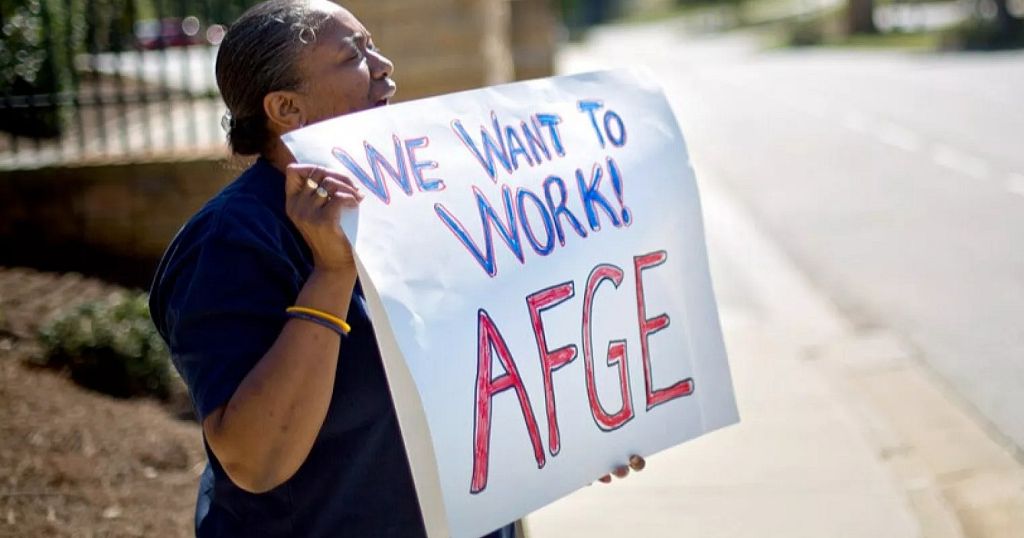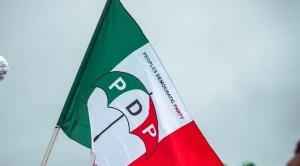Unemployment among Black Americans climbed to 7.2% in July 2024, marking the highest rate since the COVID-19 pandemic’s peak in October 2021 and nearly doubling the national average of 4.2%, according to August 1 data from the U.S. Department of Labor. Black women faced the steepest losses, with over 300,000 jobs eliminated in the first six months of the year. Economists and policy experts link the troubling trend to a confluence of systemic and policy-driven factors that signal broader economic and social challenges.
Historically, rising Black unemployment has served as an early warning of broader economic decline. Black workers are disproportionately employed in temporary or lower-wage roles, making them vulnerable to layoffs during slowdowns. “Black workers, especially women, act as a canary in the coal mine, reflecting economic pressures that may later affect other groups,” said Jessica Fulton, a senior fellow at the Joint Center for Political and Economic Studies. Recent Federal Reserve surveys also highlighted how former President Donald Trump’s tariff policies have strained businesses, prompting hiring freezes. Economists caution that the spike in joblessness could foreshadow an impending recession.
Critics argue that federal efforts to dismantle Diversity, Equity, and Inclusion (DEI) programs under the Trump administration have exacerbated disparities. Since 2020, the administration has systematically eliminated DEI initiatives across federal agencies, a move mirrored by major corporations like Meta, Walmart, and McDonald’s. Andre Perry, a Brookings Institution senior fellow, noted that such rollbacks foster an “antagonistic posture against the Black workforce,” potentially contributing to hiring biases. DEI programs, which aim to reduce workplace inequities, have faced increasing politicization, with critics framing them as divisive despite evidence of their role in fostering equitable employment opportunities.
Federal workforce reductions have further amplified the crisis. Black employees make up a larger share of government jobs compared to their representation in the private sector, leaving them disproportionately affected by Trump’s push to shrink federal agencies. The closure of the Department of Education, for example, disproportionately impacted Black educators, who comprise 30% of the nation’s teaching workforce. Perry emphasized the interconnected nature of these factors: “Layoffs in federal roles, tariffs affecting small businesses reliant on Black female labor, and stigmatizing DEI efforts collectively undermine economic stability for Black communities.”
The data underscores persistent racial inequities in the labor market, with Black workers often bearing the brunt of policy shifts and economic instability. As debates over tariffs, DEI, and government spending intensify, advocates stress the need for targeted interventions to address systemic barriers. With Black unemployment serving as both a symptom and a precursor of broader economic strain, the figures offer a critical lens through which to evaluate the nation’s fiscal and social priorities.





